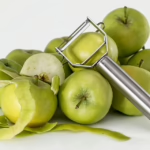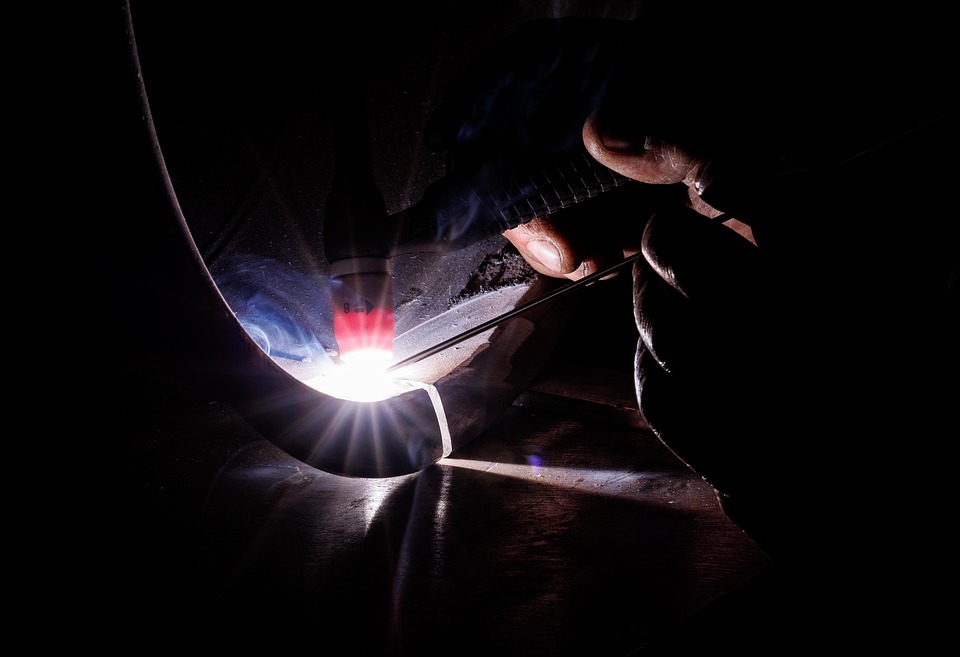Relief at Your Fingertips: How to Access Pressure Points for Quick Calm
In today’s fast-paced world, stress and anxiety have become common companions. Whether we’re juggling work deadlines, family responsibilities, or personal challenges, feeling overwhelmed can seem like a constant state of being. Fortunately, ancient techniques such as acupressure can provide immediate relief. This article delves into the practice of using pressure points for quick calm, exploring their history, methods, benefits, and practical applications.
Understanding Pressure Points
Pressure points are specific areas on the body that, when stimulated, may promote physical healing and emotional balance. These points are often associated with traditional Chinese medicine and are integral to acupuncture, which involves inserting needles into these points to relieve various ailments.
The History of Acupressure
Acupressure can be traced back thousands of years to ancient China. Practitioners of Traditional Chinese Medicine (TCM) believed that energy, or “Qi,” flows through the body along pathways known as meridians. Any blockages or imbalances in this flow could lead to health issues. By applying pressure to specific points along these meridians, acupressure aims to restore balance and promote healing.
The Science Behind Acupressure
While acupressure has deep roots in tradition, modern studies have begun to provide scientific backing for its effectiveness. Research suggests that stimulating pressure points can influence the nervous system, leading to reduced stress and pain relief. This is achieved by increasing endorphin levels, lowering cortisol levels, and promoting relaxation.
The Physiological Effects of Stimulating Pressure Points
-
Release of Endorphins: Pressing on specific points can encourage the body to release endorphins, which are natural pain relievers.
-
Decreased Cortisol Levels: Manipulating pressure points may lower cortisol, the stress hormone, helping to alleviate anxiety.
-
Improved Circulation: Acupressure can enhance blood flow, leading to better oxygenation and nutrient delivery throughout the body.
-
Activation of the Parasympathetic Nervous System: This is the “rest and digest” system that promotes relaxation and recovery.
Identifying Key Pressure Points
There are numerous pressure points throughout the body, each linked to different physical and emotional benefits. Here are some of the most effective points for quick calm:
1. The Third Eye Point (Yintang)
Location: Between the eyebrows, just above the bridge of the nose.
Benefits: This point is known for reducing stress and enhancing focus. It can be particularly effective for anxiety and tension headaches.
How to Use: Gently press and hold the point with your fingertips for a few minutes while taking deep breaths.
2. The Heart Calm Point (Shenmen)
Location: On the wrist crease, on the pinky side, within the small triangular depression.
Benefits: This point is believed to calm the mind and help with emotional clarity. It’s especially useful during moments of panic or anxiety.
How to Use: Apply firm pressure with your thumb and massage in circular motions for several seconds.
3. The Inner Gate Point (Neiguan)
Location: On the forearm, approximately two finger widths from the wrist crease, between the two tendons.
Benefits: Known to relieve anxiety and nausea, this point is often used during stressful situations.
How to Use: Apply pressure with your thumb and hold for 30 seconds to increase relaxation.
4. The Solar Plexus Point (Zhongwan)
Location: Above the navel, at the center of the abdomen.
Benefits: This point helps with emotional stress and digestive issues.
How to Use: Press and hold this point gently, allowing deep breaths to enhance relaxation.
5. The Calming Point (Anmian)
Location: Behind the ear, in the small indentation below the bony ridge.
Benefits: Particularly useful for promoting sleep and calming the mind.
How to Use: Apply gentle pressure and massage for a few minutes, focusing on deep breathing.
Techniques for Using Pressure Points
1. Direct Pressure
Simply pressing on a specific point with your fingertips can provide immediate relief. Maintain pressure for 30 seconds to a few minutes, depending on your comfort level.
2. Circular Motion
Using your fingertips to make small circular motions can enhance the effect. This technique works well for sensitive areas.
3. Incorporating Breathing
Combining pressure point stimulation with deep breathing can amplify the relaxation response. Inhale deeply as you apply pressure and exhale while releasing tension.
4. Using Tools
Some individuals find that incorporating tools, such as acupressure mats or balls, can enhance the experience and stimulate multiple points simultaneously.
Practical Applications of Acupressure
Integrating acupressure into your daily routine can be a game-changer in managing stress. Here are some practical applications:
1. At Work
Feeling overwhelmed by deadlines? Take a few minutes to apply pressure to the Third Eye Point or the Inner Gate Point. These quick techniques can help you refocus and regain composure.
2. Before Bed
If stress is keeping you up at night, try the Calming Point before bed. Combine this with a calming bedtime routine for optimal results.
3. During Travel
Travel can often be stressful. Use the Heart Calm Point during flights or long road trips to alleviate anxiety and promote a sense of calm.
4. In Social Situations
Feeling anxious in social gatherings? The Third Eye Point and Heart Calm Point can be used discreetly to help maintain composure and confidence.
Benefits of Acupressure
1. Non-Invasive
One of the greatest advantages of acupressure is its non-invasive nature. It requires no special equipment and can be done anywhere, making it accessible to almost everyone.
2. Self-Management
Acupressure empowers individuals to take control of their mental and physical health. By learning to stimulate pressure points, you can manage anxiety, stress, and discomfort at any given moment.
3. Holistic Approach
Acupressure takes into account the body’s interconnectedness. By focusing on pressure points, you can influence multiple systems and address both physical and emotional aspects of well-being.
4. Minimal Side Effects
Unlike medications, acupressure has minimal side effects. Most individuals report positive outcomes with no adverse reactions.
Incorporating Acupressure into Your Lifestyle
To maximize the benefits of acupressure, it can be helpful to integrate it into your daily routine. Here are some tips:
1. Create a Relaxation Ritual
Set aside a few minutes each day for relaxation and self-care, incorporating pressure point therapy into your routine. This could be in the morning to start your day positively or in the evening to wind down.
2. Combine with Other Techniques
Consider combining acupressure with other relaxation techniques such as meditation, yoga, or deep breathing exercises to enhance overall effectiveness.
3. Educate Others
Sharing your knowledge of acupressure with friends and family can help create a supportive environment. Encourage others to explore pressure points for stress relief as well.
Conclusion
Stress and anxiety are an inevitable part of modern life, but with techniques like acupressure, we can find effective and immediate relief. By understanding how to identify and stimulate key pressure points, you can take charge of your emotional and physical well-being quickly and easily. Whether at your desk, in transit, or preparing for sleep, relief truly is at your fingertips. The skills you develop through acupressure can empower you, providing you with tools to navigate the ups and downs of life with greater ease and tranquility.
References
- [1] “Acupressure and its Efficacy: A Systematic Review” Journal of Traditional Medicine.
- [2] “The Science Behind Acupuncture: Evidence and Efficacy” Journal of Pain Research.
- [3] “Mind-Body Therapies for the Management of Chronic Pain” The Clinical Journal of Pain.
- [4] “The Role of Stress in the Etiology of Chronic Depression” American Journal of Psychiatry.
- [5] “Clinical Applications of Acupuncture: A Review” Journal of Alternative and Complementary Medicine.
This exploration of acupressure provides you with useful insights and tools you can use daily. By learning to access pressure points, you can promote calm and focus, enhancing your overall quality of life while navigating the challenges of modern living.


























Add Comment